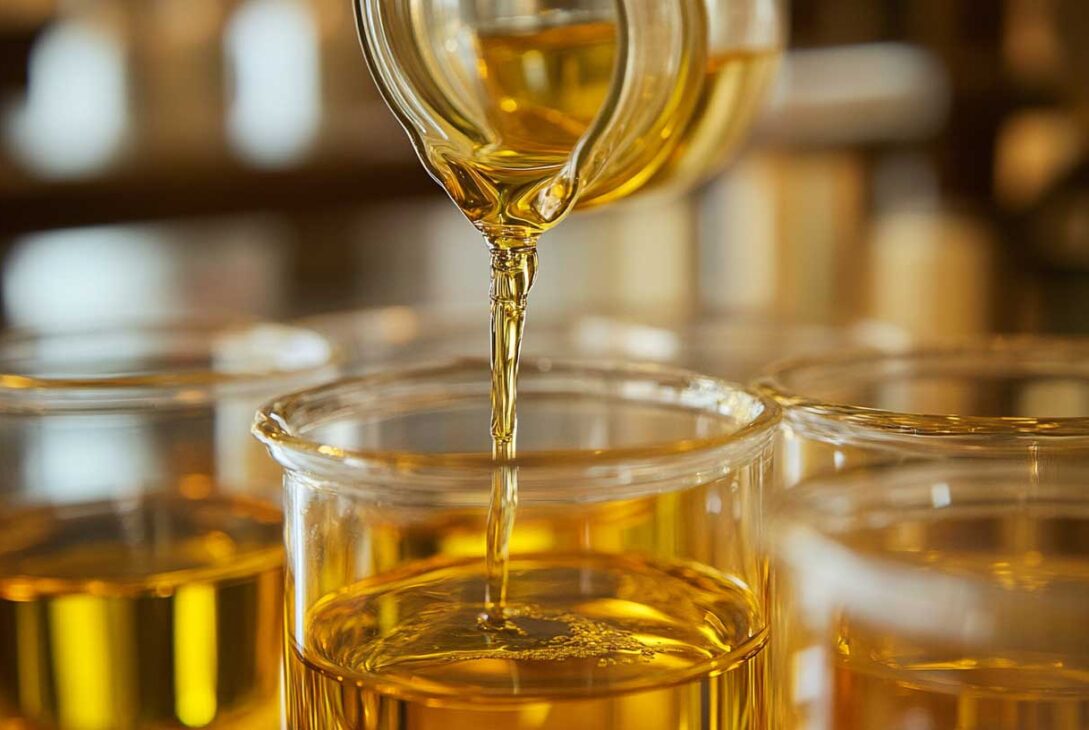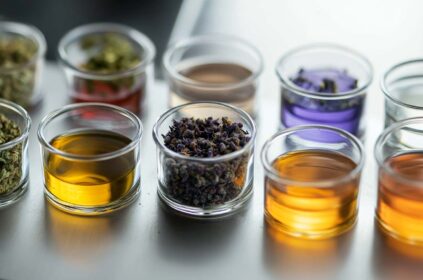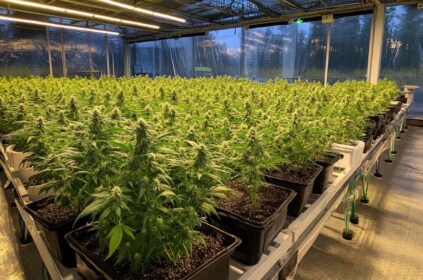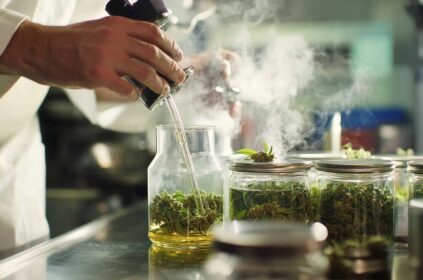Guide to Terpene Preservation in CBD Extraction Methods
Introduction
The CBD market has seen incredible growth in recent years, driven by consumer interest in natural wellness solutions. A key aspect of delivering effective products lies in understanding and preserving terpenes, the aromatic compounds found in hemp and cannabis. These compounds not only contribute to the distinct scents and flavors of various strains but also play a crucial role in the therapeutic potential of CBD products. Preserving terpenes during extraction is essential, yet it presents unique challenges that extraction methods must address. In this guide, we’ll delve into the importance of terpenes, the challenges of preserving them, and effective extraction methods that maintain their integrity.
Understanding Terpenes and Their Importance
Terpenes are organic compounds abundant in many plants, including cannabis. They are responsible for the fragrant scents that define different hemp strains—think citrusy lemon from limonene or the earthy aroma of myrcene. Beyond their delightful scents, terpenes offer a range of potential health benefits, influencing mood, focus, and overall well-being.
One fascinating aspect of terpenes is their role in the entourage effect, where the combined effect of cannabinoids and terpenes produces greater therapeutic benefits than isolating them individually. For example, the combination of THC and myrcene has been suggested to enhance the sedative effects, providing a more comprehensive experience. By preserving these natural compounds during CBD extraction, product creators can offer a holistic approach to wellness.
Challenges in Terpene Preservation
While the benefits of terpenes are clear, their preservation during extraction poses several challenges. These include:
- Heat Sensitivity: Terpenes are delicate and can be compromised by heat. The decarboxylation process—essential for activating cannabinoids—can lead to significant terpene loss in a short time.
- Solvent Degradation: Many traditional extraction methods use solvents, which, while effective for isolating cannabinoids, can degrade terpenes.
Ensuring that extraction methods are designed to minimize heat and solvent exposure is critical for maintaining the full spectrum of benefits that terpenes offer.
Methods for Preserving Terpenes in CBD Extraction
- Supercritical Carbon Dioxide (CO2) Extraction
Supercritical CO2 extraction is a popular method due to its ability to preserve terpenes effectively. This process utilizes CO2 at high pressure, transitioning it into a supercritical state, where it behaves like both a gas and a liquid. This allows for efficient extraction of cannabinoids, terpenes, and other phytochemicals without the use of harmful solvents.Notably, the cold separation process involved in CO2 extraction helps protect the delicate compounds, ensuring a high-quality full-spectrum extract. This method is efficient and eco-friendly, yielding a product free of residual solvents. - Subcritical and Supercritical CO2 Phases
Within CO2 extraction, there are two distinct phases: subcritical and supercritical. The subcritical phase is employed first to extract terpenes and essential oils, preserving their integrity before transitioning to the supercritical phase for cannabinoid extraction. This two-step approach ensures optimal preservation of both cannabinoids and terpenes, leading to a richer final product. - Cold Pressing and Rosin Extraction
As solventless methods, cold pressing and rosin extraction excel in terpene preservation. Cold pressing involves applying pressure to extract oil from the plant without using heat. Alternatively, rosin extraction uses heat and pressure but focuses on fresh-frozen cannabis to retain the full terpene profile. Both techniques result in high-quality extracts with robust flavors and aromas.
- Winterization and Post-Processing
After extraction, processes like winterization are essential for refining the extract. Winterization uses alcohol and low temperatures to separate cannabinoids and terpenes from impurities. Carbon filtration may also help eliminate unwanted compounds such as chlorophyll. However, minimizing unnecessary post-processing steps is vital for preserving the delicate nature of terpenes.
Best Practices for Maximum Terpene Preservation
To ensure terpene preservation during CBD extraction, consider the following best practices:
- Use Fresh-Frozen Cannabis: Fresh-frozen material retains more potent aroma and flavor compounds than dried plant material, thus minimizing terpene loss.
- Avoid High Temperatures: Prioritize extraction methods that operate at lower temperatures to maintain the integrity of terpenes.
- Minimize Post-Processing: Streamline your processes to reduce exposure that could compromise the quality of your product.
- Combine Extraction Methods: Utilizing both subcritical and supercritical CO2 phases can yield maximum terpene preservation and a balanced extract.
Conclusion
Understanding the importance of terpenes and their preservation during CBD extraction is fundamental for both producers and consumers. As the market continues to evolve, it is essential to remain informed about the methods that best maintain the natural benefits of hemp-derived products.
By selecting effective extraction techniques such as supercritical CO2 extraction or cold pressing and adhering to the outlined best practices, you can ensure high-quality CBD products that provide a flavorful experience and the therapeutic benefits of terpenes.
As you explore the world of CBD, whether you’re a consumer or a producer, focusing on terpene preservation will enrich your journey and enhance the overall quality of the products available. The dedication to this process will truly highlight the beauty and potential of nature’s offerings.
For further insights and information about hemp and CBD, consider exploring additional resources on the subject.





















